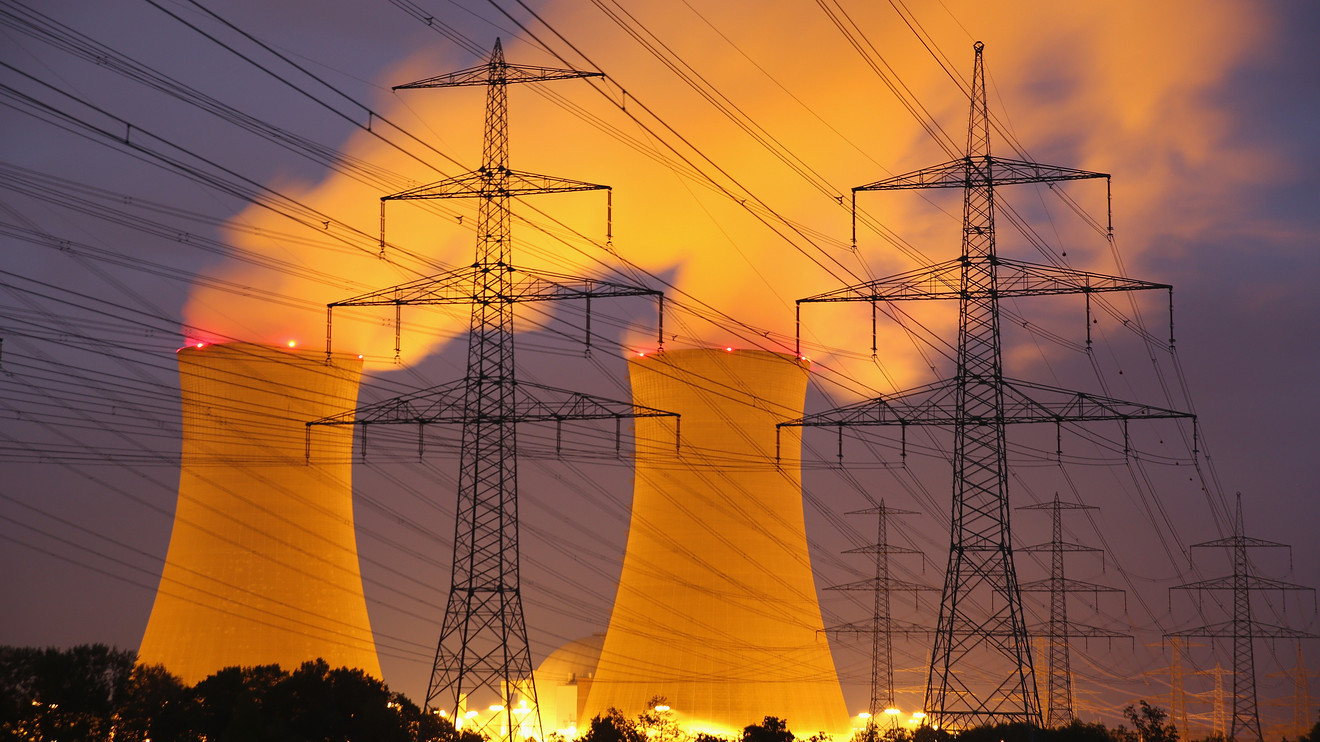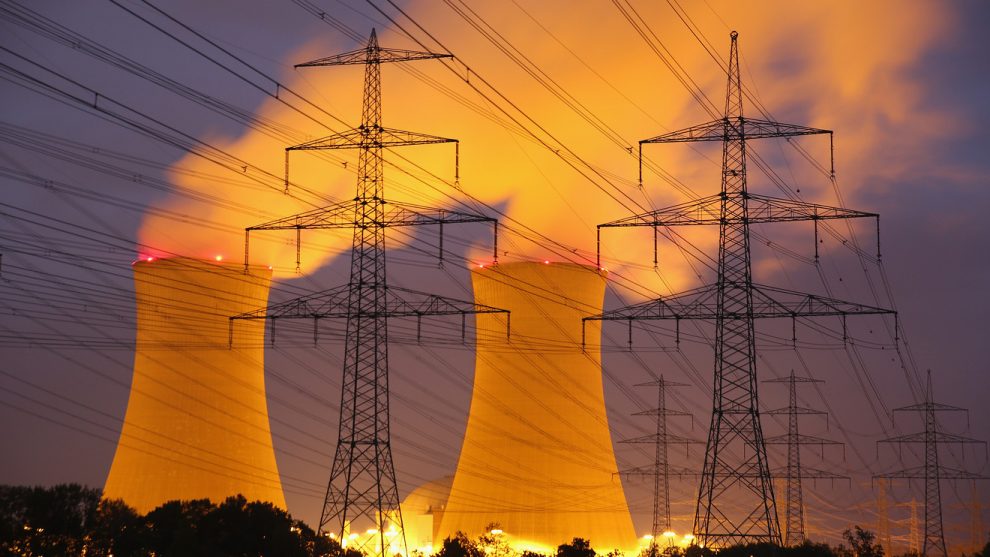
Albert Einstein’s monumental E=mc2 (c is the speed of light) equation implies that just one ounce of material, if it can be converted to energy, can provide all the energy used by 68,000 U.S. households in a whole year (much more for households in, say, India).
The problem, of course, is how to convert the material to energy. This has been done both with nuclear weapons and nuclear power plants.
After the horror of nuclear weapons, there was an exuberant belief that “swords could be turned into plowshares” by applying Einstein’s formula not to building bombs, but to providing energy to a fast-growing post-war economy. Environmentalists loved it at first because they hated hydroelectric power plants, which drowned beautiful scenery under reservoirs.
Then something changed. People became frightened of nuclear radiation. Certainly this was a rational concern. Its effects were an “unknown unknown” — and a scary one at that. It was not too difficult to imagine millions of people contracting horrible cancers, like the victims of Hiroshima and Nagasaki in World War II who were too close to ground zero.
Yet decades of research and experience have turned the “unknown unknowns” of nuclear radiation into “known knowns.” In truth, they are not scary at all — yet the fear remains.
The main finding is that the risk of low levels of radiation is less than proportionate to the risk of high levels of radiation. Relatively low levels of radiation — but still higher than what was emitted by Japan’s Fukushima plant after the 2011 tsunami and nuclear plant accident — often occur naturally with no damaging effects, and may even be beneficial.
A new book arguing that nuclear power should be developed rapidly to solve climate change, “A Bright Future,” uses an apt analogy. Authors Joshua Goldstein and Staffan Qvist contend that the argument “if a lot of radiation is bad, then a small amount is bad in the same proportion” is “a bit like saying that a hundred jumps from a one-foot cliff would have the same health impact as a single jump from a hundred-foot cliff.”
The economics of nuclear power are complicated. They have been complicated, in part, by people’s fear of it, resulting in extremely rigorous and costly regulatory oversight, and continued mass protests against it.
Yet France and Sweden, and Canada’s province of Ontario — as well as many countries in Europe and East Asia — have made heavy use of nuclear power without discernible harm to their economies.
Still, when I go to meetings of environmental organizations where the central topic is climate change — a problem that truly is full of extremely scary unknown unknowns — there is virtually never a mention of nuclear energy, which emits almost no climate-change causing greenhouse gases.
Nuclear energy is a third rail, an unmentionable. This is probably because some of its opponents within the environmental movement tend to be shrill, but they are also brethren in the fight against climate change. So, climate change activists — even if they believe nuclear energy must be a large part of the solution — want to steer clear of loud dissension within their ranks, in order to keep the wagons circled in light of the powerful opposition to addressing climate change.
Opposition to nuclear energy should be more reasoned and less fierce.
There is no reason for the hard-core opposition to nuclear energy to be so intransigent. Instead of studies of how renewable energy can solve 100% of the climate change problem, studies should research how renewable energy combined with nuclear energy can be a solution. Opposition to nuclear energy should be more reasoned and less fierce.
“A Bright Future,” while biased in favor of nuclear energy (but including renewable energy as an important part of the solution), makes a good case that nuclear is our best immediate bet to allay climate change as rapidly as possible. The U.S. is behind other countries in this effort. China and Russia are likely to be way ahead soon. (A surprise in the book is that Russia is the world’s foremost exporter of nuclear power plants.)
Climate change poses far greater long-term “unknown unknown” risks than nuclear energy. It’s time to see nuclear energy as a solution, not a risk.
Economist and mathematician Michael Edesess is chief investment strategist with the mobile financial-planning software company Plynty and a research associate at the EDHEC-Risk Institute.” He is the author of “The Big Investment Lie” and co-author of “The 3 Simple Rules of Investment.”
Related: Young people blame climate change for their small 401(k) balances






